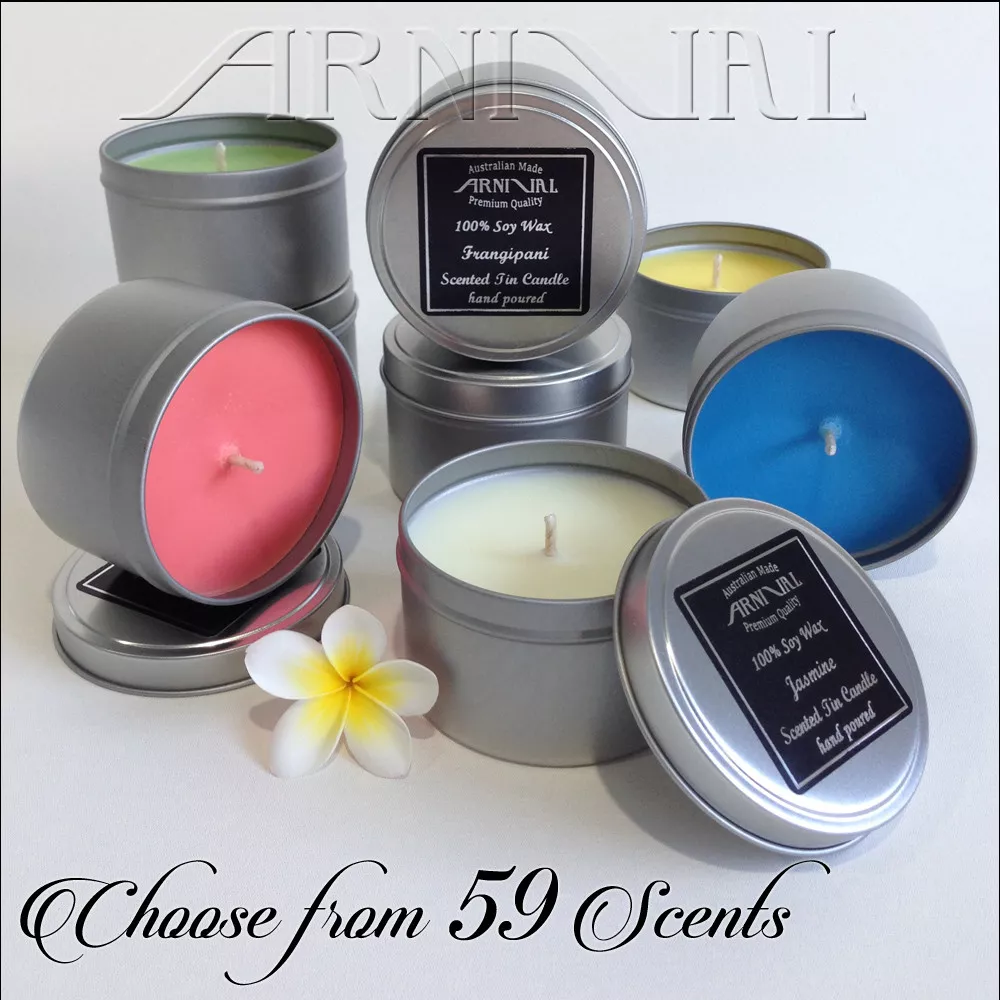Create Atmosphere with Handmade Soy Wax Candles and Home Fragrance
Create Atmosphere with Handmade Soy Wax Candles and Home Fragrance
Blog Article
From Wick to Wax: Understanding the Chemistry Behind Soy Wax Candles and Their Ecological Impact
As we illuminate our rooms with the cozy glow of candle lights, there lies a world of complex chemistry behind the seemingly easy act of lighting a soy wax candle. The choice between soy and paraffin wax expands beyond mere aesthetics, delving into the realm of environmental influence and the very make-up of the materials. Comprehending the molecular framework of soy wax and its burning process clarifies the exhausts released right into our surroundings. Join us as we unravel the clinical intricacies behind soy wax candle lights and discover their implications on our environment.
Soy Wax Vs. Paraffin Wax
When contrasting soy wax and paraffin wax for candle production, it is important to comprehend the distinct features and benefits of each material. Soy wax is an all-natural, renewable source stemmed from soybean oil, making it naturally degradable and eco-friendly - soy candles. On the other hand, paraffin wax is a byproduct of petroleum refining, which elevates concerns about its ecological influence and sustainability
Soy wax candle lights melt cleaner and discharge much less soot compared to paraffin wax candle lights, making them a much healthier selection for interior air top quality. Furthermore, soy wax has a lower melting factor, permitting for a longer-lasting candle that disperses scent better. Paraffin wax, on the other hand, tends to shed faster and much less easily, potentially launching harmful chemicals right into the air.
From a sustainability viewpoint, soy wax is preferred for its biodegradability and sustainable sourcing, aligning with the expanding customer preference for eco mindful items. While paraffin wax has been a traditional choice in candle making due to its affordability and ease of use, the shift towards environment-friendly choices like soy wax is getting momentum in the sector.
Chemical Make-up of Soy Wax

Burning Refine in Soy Candles
The chemical composition of soy wax directly affects the combustion procedure in soy candles, influencing elements such as shed time, aroma launch, and environmental impact. When a soy candle light is lit, the warm from the fire melts the wax near the wick. This fluid wax is after that created the wick as a result of capillary activity. As the fluid wax gets to the fire, it undergoes and vaporizes burning. The combustion procedure entails the vaporized hydrocarbons in the wax responding with oxygen in the air to generate heat, light, water vapor, and co2.
The combustion effectiveness of soy candles is influenced by the purity of the soy wax and the top quality of the wick. Furthermore, soy wax candle lights have a reduced environmental impact compared to paraffin candles due to their eco-friendly and naturally degradable nature.

Ecological Benefits of Soy Wax

Taken into consideration a lasting option to typical paraffin wax, soy wax provides remarkable ecological advantages that make it a popular selection amongst eco-conscious consumers. Soy wax burns cleaner and creates less residue than paraffin wax, adding to better interior air high quality and lowering the requirement for cleansing and maintenance. Overall, the ecological benefits of soy wax align with the expanding demand for environmentally friendly and lasting items in the market.
Recycling and Disposal Considerations
Reusing and appropriate disposal of soy wax candles play an important role in maintaining environmental sustainability and reducing waste in families and communities. When it comes to reusing soy wax candles, the initial step is to make certain that the candle has actually burned completely.

In terms of disposal, if recycling is not an option, soy wax candles are biodegradable and can be securely disposed of in many household waste systems. It is constantly recommended to check with regional recycling centers or waste management solutions for specific standards on candle light disposal to ensure appropriate handling and ecological security.
Conclusion
Finally, the chemistry behind soy wax candle lights discloses their environmental benefits over paraffin wax candle lights. Soy wax, originated from soybean oil, burns cleaner and generates less soot when contrasted to paraffin wax. The combustion process in soy candle lights is more efficient, resulting in a longer and much more also burn. Furthermore, soy wax is naturally degradable and renewable, making it a more sustainable choice for candle production. Recycling and correct disposal of soy wax candle lights even more contribute to their ecological influence.
When contrasting soy wax and see here paraffin wax for candle production, it is essential to understand the unique characteristics and advantages of each product (soy candles).Soy wax candle lights burn cleaner and emit much less soot compared to paraffin wax candle lights, making them a much healthier selection for interior air quality.Thought about a lasting option to traditional paraffin wax, soy wax supplies notable ecological benefits that make it a preferred selection among eco-conscious customers. Soy wax burns cleaner and generates much less residue than paraffin wax, contributing to better indoor air quality and minimizing the a fantastic read requirement for cleansing and upkeep.In final thought, the chemistry behind soy wax candle lights discloses their ecological advantages over paraffin wax candle lights
Report this page